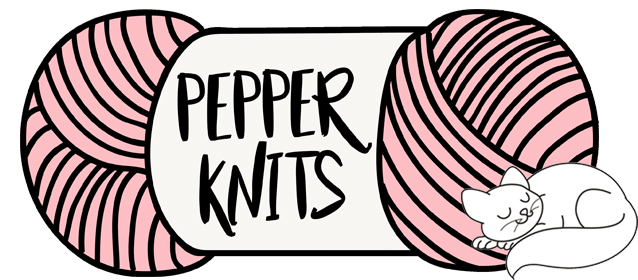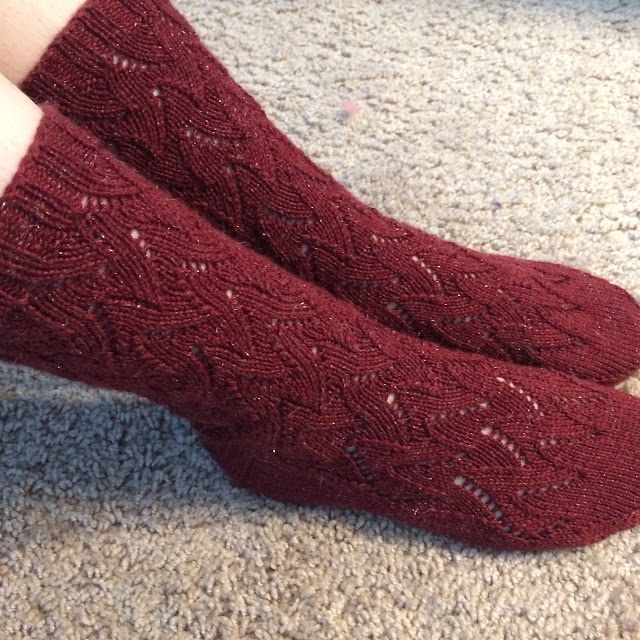Heads up! This post contains affiliate links which means I get may get a commission if you purchase something based on my recommendations here.
I knitted this lace shawl a few years ago but I never got a great photo of it so I did a little Instagram photo shoot with it the other day. Looking through the pretty pictures got me thinking about how magical the lace blocking process is. If you have the right tools and a little patience, it can truly transform your knits.
For example, this shawl went from this:
To this:
I’m not going to give you a whole tutorial on lace blocking, but I want to call out some tools that make the process more simple.
Before I get started, I would note that cats seem to LOVE wet wool for some bizarre reason, which is why Roxy is dominating all these photos. I highly recommend that you do not let your cat help you block lace… but at that time I had no way to shut her out of the only room where I could block something this large, so it is what it is.
Tip One: Use a Wool Wash in Your Water
As you know, the first step of blocking is soaking your project in water until it is completely saturated. However, a lot of people skip the step of adding a little rinse-free wool wash to the water, like Soak. I can’t really explain the chemistry of why this produces a better blocked garment, but I really believe it does. Besides, when you’re knitting you get all sorts of oils from your hands and miscellaneous dust (or cat hair) in your knits that you need to wash out, so you should wash your lace at this stage regardless.
Tip Two: Invest in Puzzle-Style Blocking Mats
As you’ll see in the image below, I have a pretty ridiculous blocking board that I splurged on a long time ago and I don’t think they even sell them anymore because knitters caught onto the fact that this beast is a pain to store and now everyone is using those little foam puzzle mats instead. However, I love the grid on my blocking board so I still get some use out of it, but you should know that Knit Picks now sells these foam blocking mats with a grid printed on them which is brilliant.
Tip Three: Use Rust-Proof Pins and Blocking Wires
You want to be positive that you are using pins that won’t rust when you are pinning out your lace. These yellow headed pins came with my blocking board but they can be a little flimsy. I prefer the nickel-plated T-pins (the ones that are used on the flat edge of the shawl).
I took it slow when pinning out this shawl and pinned out each lace panel separately to get it just perfect – that was probably a bit overkill, but it sure turned out nice! At the minimum on a shawl like this, you will definitely have to pin out the scalloped edges and the flat edge.
As you look at that edge, you’ll see that I’m using blocking wires which save a ton of time. You can just weave them along the edge and then pop a few pins down to hold it in place. You could probably get away pinning it but the wires speed up the process and they are super handy to have in your toolkit if you do any scarf knitting.
Do you use a blocking tool that I didn’t cover here? I’d love to know!








Love your kitty! She is beautiful!